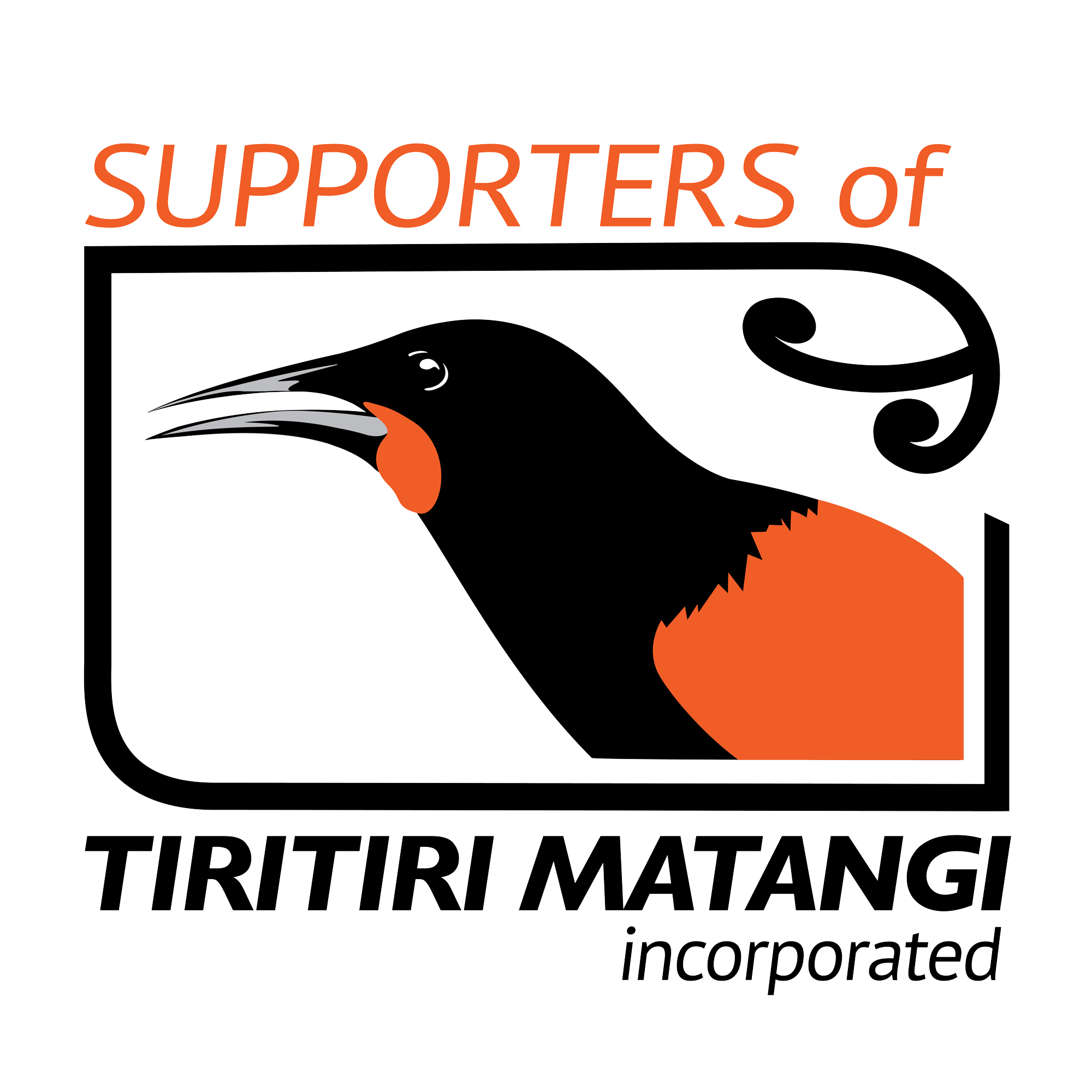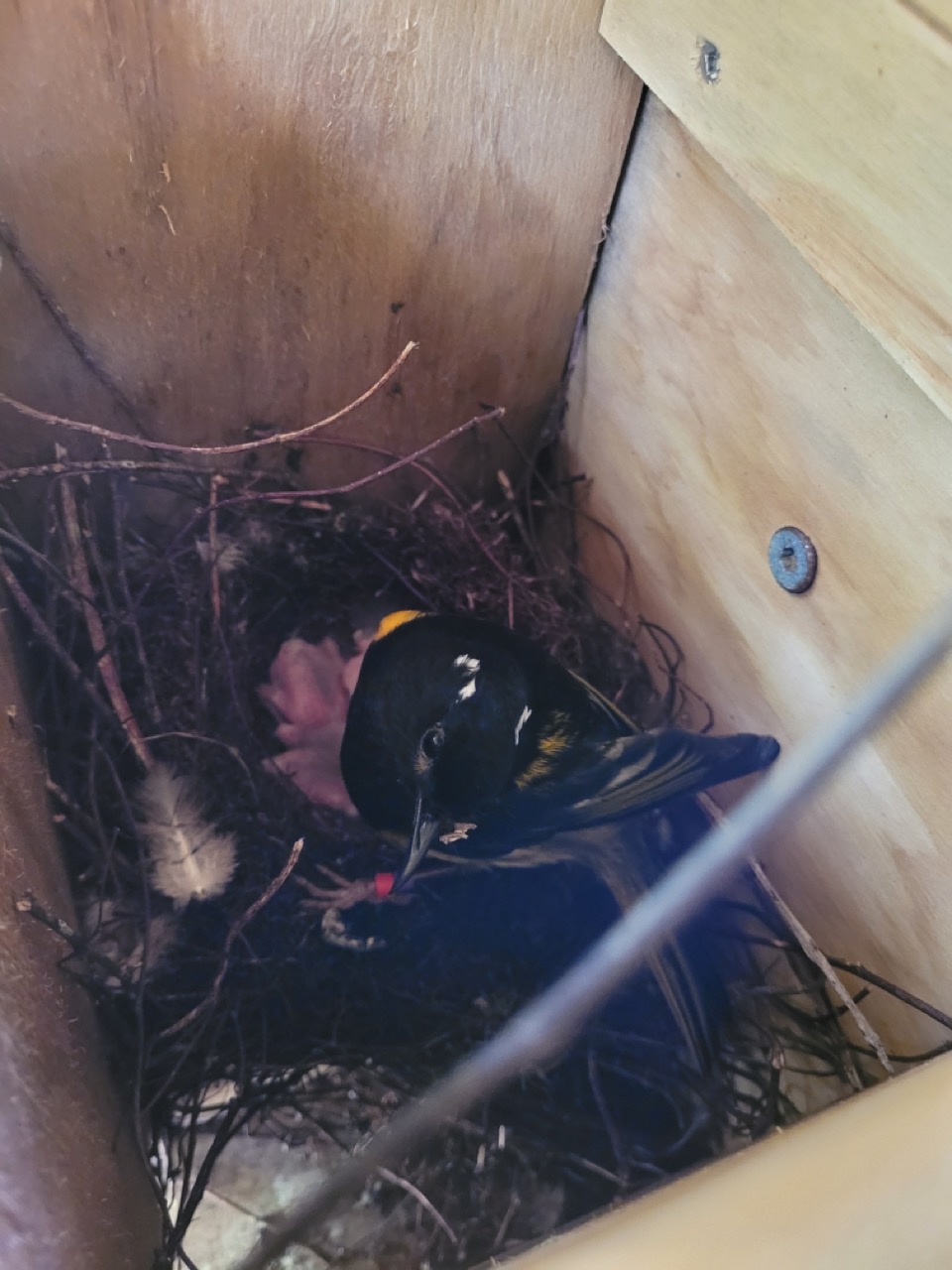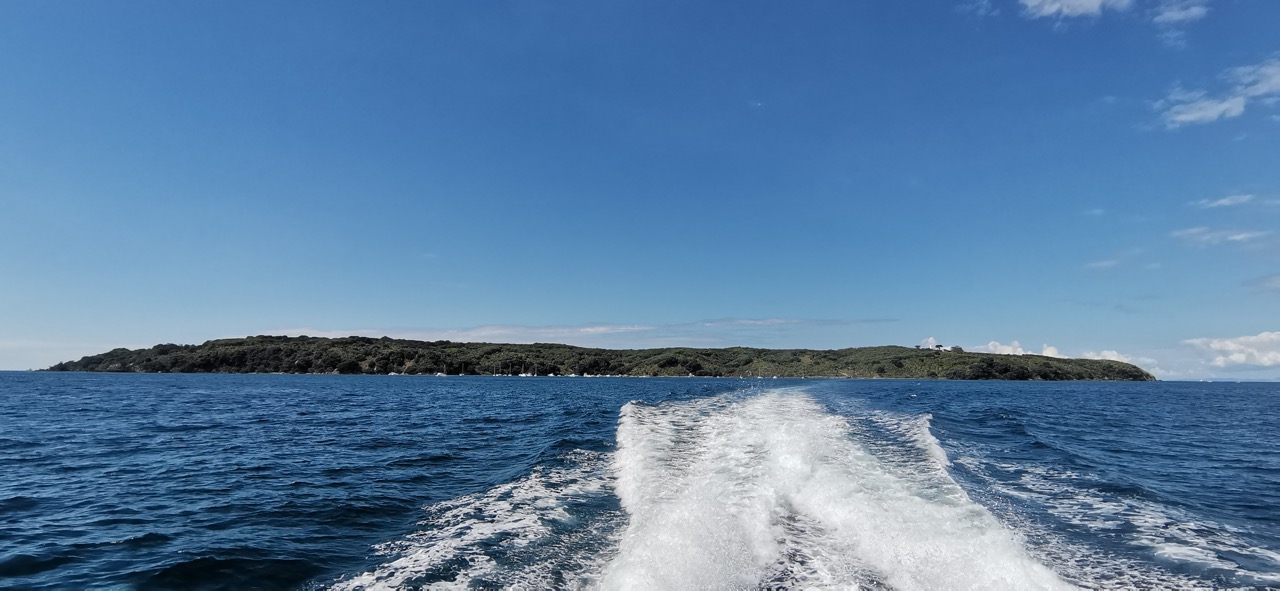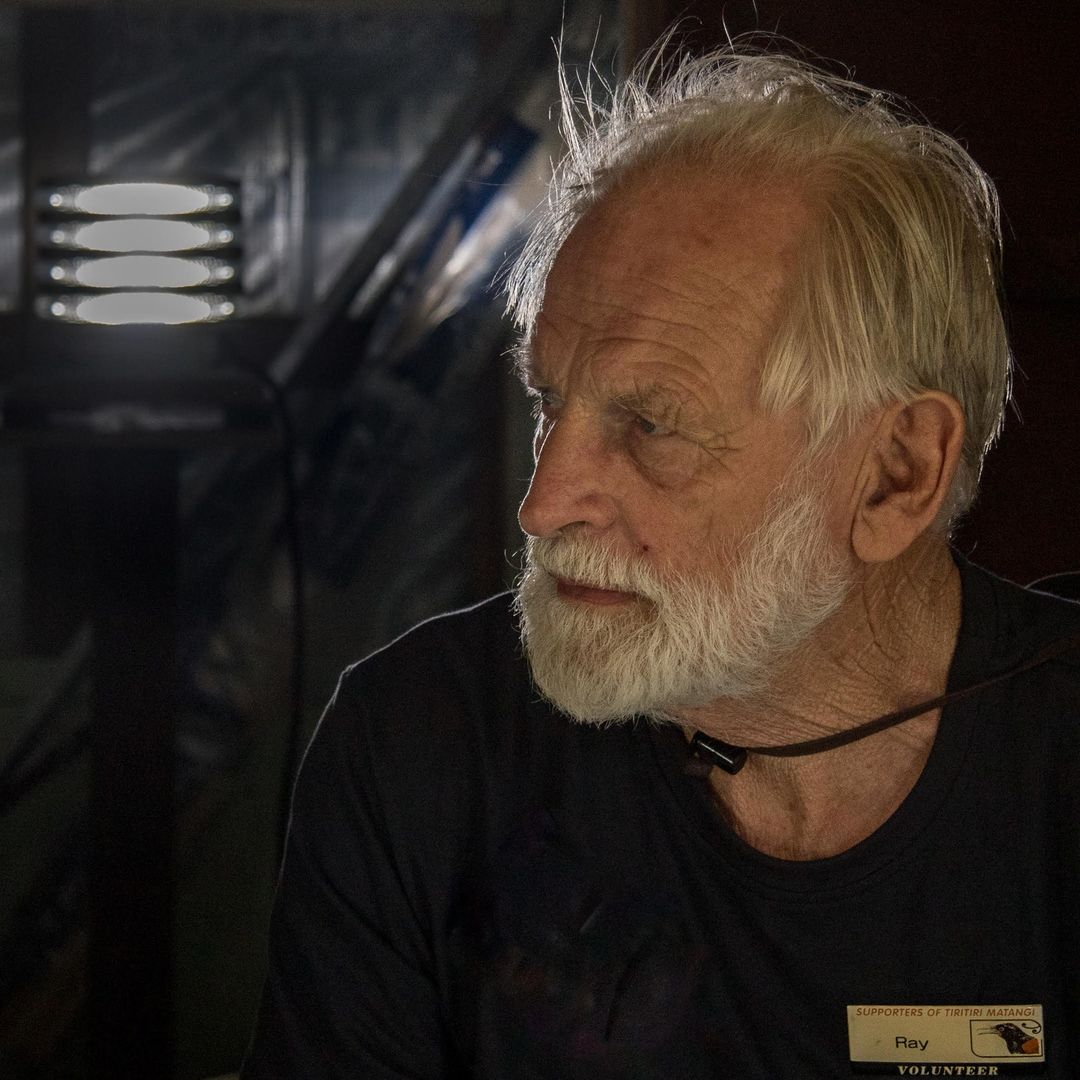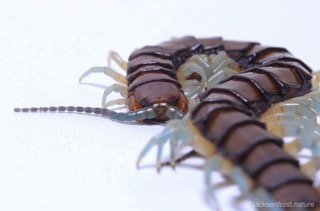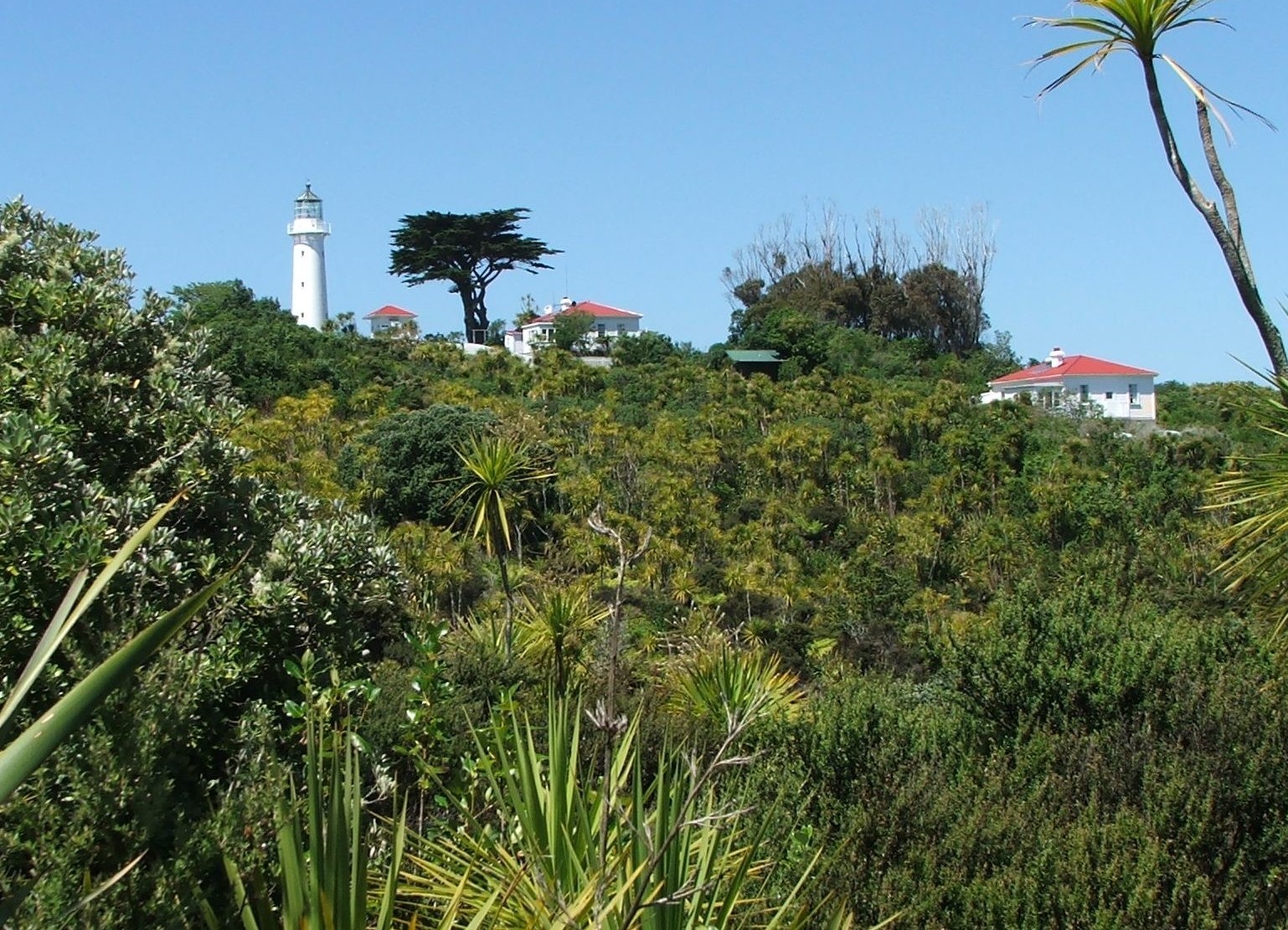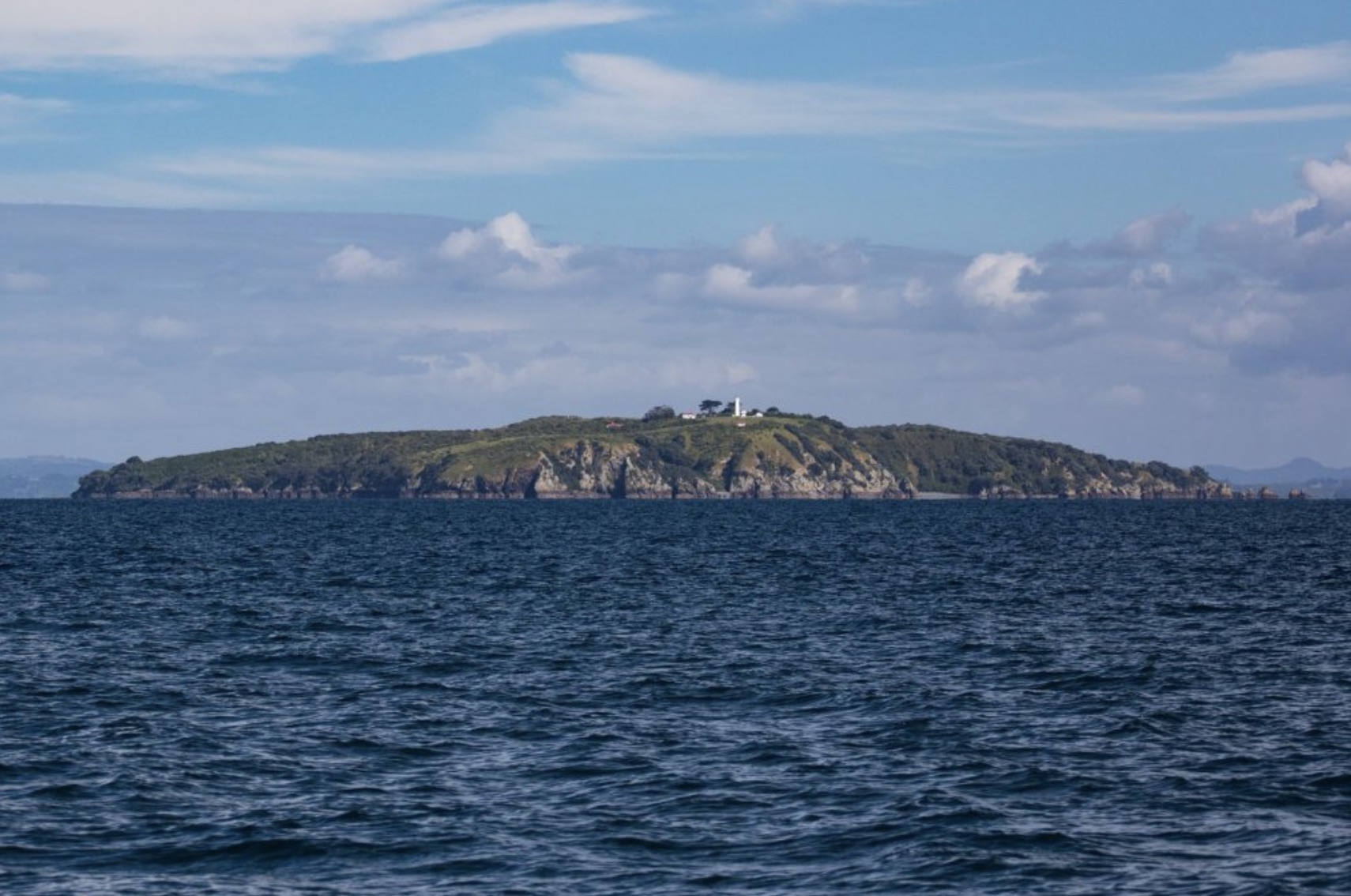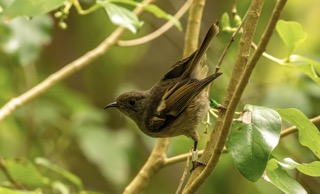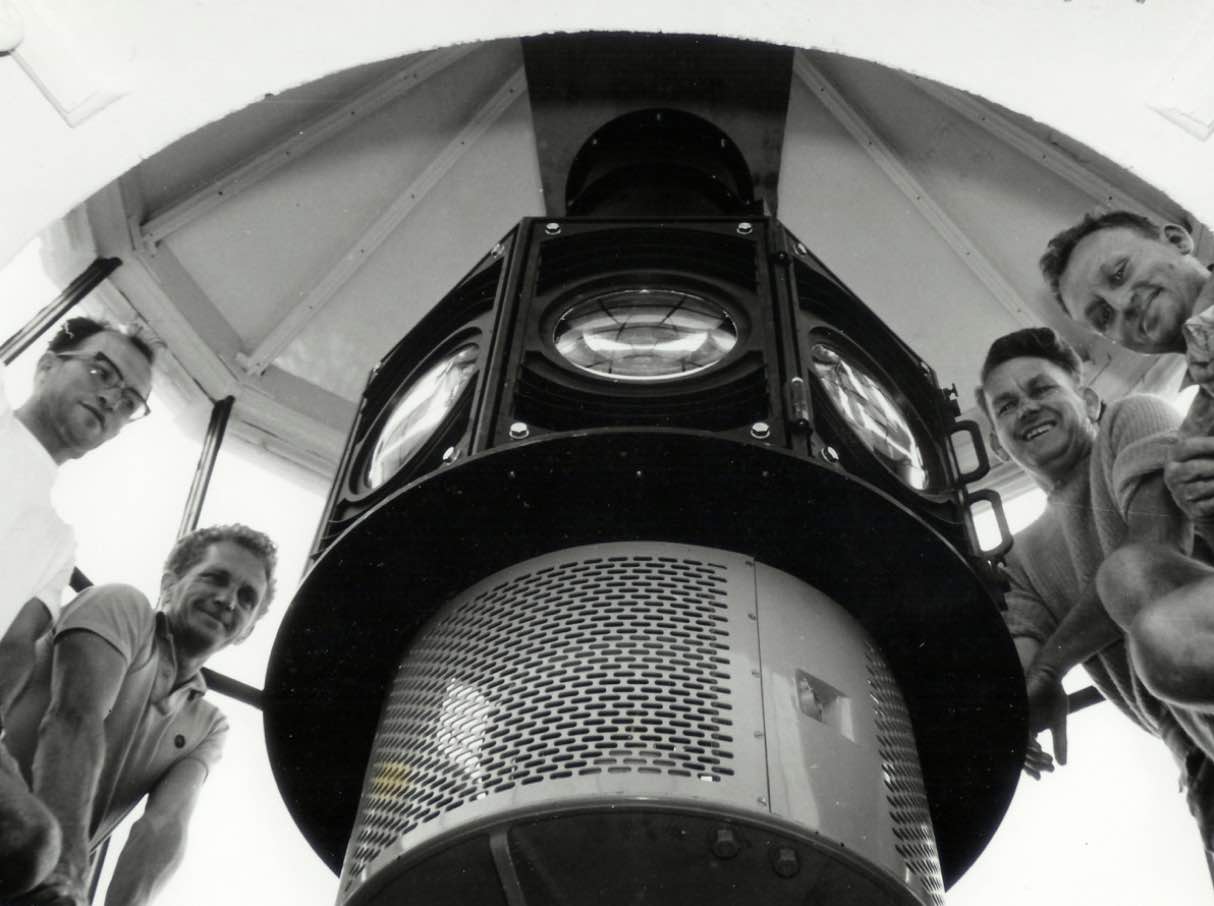My first working weekend
My first working weekendAuthor: Meredith BloggDate: 13 November 2023 Tiritiri Matangi sure lives up to its English translation…by blowing me away every time! This weekend I had the privilege of participating in my first Working Weekend. Surrounded by long-time, seasoned volunteers and an absolute abundance of wildlife I learned so much (and gasped in wonder a fair few times!) We got to work Saturday afternoon, divvying up projects and making plans for our dream teams. As the newest volunteer I wasn’t sure what to expect but I was welcomed into the crew and felt right at home with Peter’s ‘Dad Jokes’. The Tiritiri Volunteers take balance very seriously so I had plenty of time to swim, nerd out on birds, walk in wonder and enjoy the extraordinary beauty and bounty of the island. The before and after photos above show how much work we got done, and we sure had a great time doing it! Thank you to all the volunteers who have put in years of hard work to make this island what it is: a safe haven and a magical place for all the species who live, work, volunteer and visit! Your wealth of knowledge, commitment and care are so deeply appreciated. https://www.tiritirimatangi.org.nz/wp-content/uploads/2023/11/Labour-Working-Weekend-2023.mp4
A day in the life of the hihi team (October Edition)
A day in the life of the hihi team (October Edition)Author: Emma GrayDate: 2nd November 2023Photos and video taken by Emma GrayOur hihi team has settled into its semi-permanent form as our hihi intern Maude joins us for 2 months from Switzerland. Other hihi sites often have students from the UK, USA and across Europe conducting research or interning for fieldwork experience. Hihi continue to influence and inspire people across the globe as a model species for conservation and adaptive management. Adaptive management is the process of changing species management according to their needs based on both monitoring and research to increase species’ condition and survival. One example of adaptive management for hihi on Tiri is the provision of sugar water. Other supplementary foods have been trialled, however, those trial food diets paled in comparison to the provision of sugar water. Sugar water acts as supplementary nectar when natural food is not available, and has also been found to boost reproductive success and help our hihi babies grow big and strong. Speaking of hihi babies, our first wave of hihi babies has started to hatch. The females seem to be incubating the eggs a little longer than the expected 14 days, likely due to the ambient temperature. As long as the eggs hatch at all, that’s all I ask for. The rest of the females seem to…
The brightest in the land
The brightest in the landAuthor: Alasdair BaxterDate: 30th October 2023The video was recorded on my phone on a trip to Tiritiri Matangi over Christmas – I stayed the night and guided both days. I tried to get snippets of film so that it looked like I was walking along to Hobbs Beach and then up the Wattle Track to the lighthouse (which you will see flashing at night). Then I filmed a walk back to the wharf the next day and, of course, the ferry leaving the wharf. I was lucky to see kōkako up close on the first day. I deliberately avoided shots of people in the film (although you might be able to spot one or two if you look very carefully). I wrote the song’s chords and melody first and then decided the story of the lighthouse would be a good subject for the song. Anne Rimmer’s Tiritiri Matangi book helped me with a few of the lyrics. I came up with a rough arrangement and then we all added our many instruments to the recording. Emily Allen did a great job arranging her string parts and playing and adapting the traditional Irish reel which is featured in the song. Our band hoop plays regularly in Auckland and runs the Ministry of Folk in Mt Eden (look us up on Facebook :-)) “The Brightest in the Land” is a song by the Auckland band “hoop” about the lighthouse on Tiritiri Matangi island. Hoop run The…
Passing of Ray Walter
Passing of Ray WalterAuthor: Ian AlexanderDate: 23rd October 2023Header Image Credit: Jonathan MowerFeatured Image Credit: Martin SandersIt is with sadness we are informing you of the passing of Ray Walter. He served as lighthouse keeper, ranger, supervisor of the Island Conservation Project, committee member of SoTM, and a leader of many of the infrastructure projects including, most recently, the lighthouse museum. Ray arrived as lighthouse keeper in 1980 at a time when the automation of lighthouses in NZ was already in progress, and by 1984 he was out of a job. However the commencement of the Island Conservation Project provided an opportunity to work as a supervisor for Lands and Survey, (later Department of Conservation) as a Ranger and he took over management of the Project in 1985. His legacy can be seen in the 283,000 trees planted on the island, resulting in the rich diversity of forest which now covers much of Tiritiri Matangi, and wildlife introduced including many endangered bird species whose unique calls today resound across the island, especially at dawn. Ray, together with his wife, Barbara, were DOC rangers for 26 years, until they both retired from the day to day operation of the island in 2006. During this time boardwalks were built, tracks constructed across the island, as well as other important infrastructure. Another…
The largest centipede in New Zealand
The largest centipede in New ZealandAuthor: Jonathan MowerDate: 17th October 2023
Staying overnight in the Tiritiri Matangi bunkhouse is guaranteed to give you unexpected moments but finding a large (15-20cm) hura/giant centipede (Cormalocephalus rubriceps) in the tea towel drawer, as Jackson Frost recently did, is elevating unexpected to another level.
Native to New Zealand and Australia, this is the largest centipede in New Zealand. Present in North Island and smaller offshore islands, they are usually found beneath rotting logs, stones, and decaying vegetation.
The giant centipede belongs to an order known as Scolopendrida, a group that includes the largest and most fearsome centipede species, all of whom have 21 pairs of legs (1 pair per body segment). Centipedes always have an odd number of pairs of legs, and despite their name, none of the centipede orders actually have 100 legs.
Being a guide on Tiritiri Matangi Island
Being a guide on Tiritiri Matangi IslandAuthor: Bob BickerDate: 17th October 2023School in Southampton included sport. I would be told tomorrow we’re going to The Common, a large, forested area with sports fields, reason? to play cricket, the very word made me yawn. They’d put me in a fielding position, the ball would whistle by, I was oblivious to it as I’d be looking the other way, watching squirrels, birds and occasionally a fox. How nature worked fascinated me then, nothing’s changed. A few years later I found myself in Alderney for ten years, the northern most of the Channel Islands. One job I had there was crew on a lobster boat pulling the pots. Just north of the island was a small islet, Burhou which in the season had Puffins. I’d say to the skipper ‘ can we land there ’, seeing these fed my passion. By default, I became the person who you took injured birds to. Locals would knock on the door to hand me a wounded Cormorant, Razorbill or Guillemot. I had scant knowledge of how to help these creatures but did have a reasonable degree of success, one I’m still proud of. Go forward a few years and I’m on a ferry approaching Tiritiri Matangi to learn how to guide and then hopefully impart knowledge to our visitors of our flora and fauna and how it works and importantly how we need it. I had scant idea of the steep learning curve I was…
People power
People powerAuthor: Stacey Balich(Information sourced from 'Long term value of engaged, skilled, citizen scientists' Mel Galbraith and Hester Cooper)Date: October 2023When I first visited Tiritiri Matangi Island, I was amazed by the place. As soon as I stepped off the boat onto the wharf, the sound of bird song was amazing and I knew I was in for a great day. My family and I spent a wonderful day exploring most of the Island, taking in all the beautiful sights and sounds of nature. I fell in love with the Island and knew that I wanted to come back again and again. After visiting a few times, I decided to become a volunteer guide and that’s when I was truly inspired because of the people I was about to meet and get to know. It’s amazing how much you can learn and appreciate when you become a part of something like this. The Tiritiri Matangi Island project has been around for decades, and it stands out from other conservation initiatives because it involves a volunteer workforce. Unlike other restoration projects where academics and government scientists hold all the power, the volunteers are given the responsibility to lead projects and are treated as true partners. Mel Galbraith and Hester Cooper discuss this approach in their article, ‘Long term value of engaged, skilled, citizen scientists’. The planting program began in 1984,…
The very first stint back on the island is a new level of busy
The very first stint back on the island is a new level of busyAuthor: Emma GrayDate: 28th September 2023Header image: John SibleyThe very first stint back on the island is a new level of busy. I always think I’m ready with my island feet until I fall over for the first time and bring myself back down to earth. The hihi team is very small at the moment as we perform our pre-breeding season tasks including the survey, sugar feeding handover from the rangers, and a lot of cleaning. The pre-breeding survey entails 40 hours spent walking all the tracks and bush patches on the island, including spending time at the sugar feeders in both the morning and afternoon to see which adults are still alive and which juveniles from the previous season have made it through their first winter. Hihi juveniles have a 40% survival rate through the first winter, which we know due to our annual mark-recapture surveys. Mark recapture in the case of the hihi means banding all individuals with a unique band combination, most likely banded as chicks in the nest, and recording the individuals, their sex (in case we got it wrong) and their location/potential territory for the upcoming season. The sugar water consumption is highest on Tiritiri Matangi Island during the winter (thank you to the island rangers who keep these hungry birds fed daily) unlike other hihi sites. This is due…
From planting some of the first trees to using them for shade from the sun
From planting some of the first trees to using them for shade from the sunAuthors: Students from St Cuthbert's Year 7Date: Thursday 21st September 2023Header image credit: Martin Sanders“Today St Cuthberts Year 7 visited Tiritiri Matangi. When we arrived, we admired the crystal clear water and the beautiful greenery that surrounded the island. As we were guided around the Island by the kind guides, we experienced all the beautiful songs of the birds. We learnt so much about all the different kinds and species of birds, trees, plants and so much about the history of the Island. It was very inspiring to know that our school was part of restoring this beautiful Island. We had so much fun learning about all the cool facts our guide taught us. Our favourite fact was that some wētās, if they land on your hand, it feels the same as when your fingernails dig into your palm. Thank you so much for having us, we loved the experience.” Chloe and Lucy “Our trip to Tiritiri Matangi was spectacular! We learnt various facts about the wildlife there, all sorts of birds and most importantly we learnt about the inspiring history of the Island. Many people used to come to Tiritiri Matangi to plant trees and help make it the beautiful Island you see today. If you do something good, people will remember you! The Island of Tiritiri Matangi is invasive…
Eight long needles of light
Eight long needles of lightSourced from Tiritiri Matangi, A Model of Conservation, Anne RimmerDate: 17 September 2023Header image: 'Eight long needles of light': the David Marine Light, 1965Credit: Peter TaylorDid you know that the Tiritiri Matangi lighthouse is a Category 1 historic place? It was actually the first lighthouse to be established on the approach to Auckland in the Waitematā Harbour. Interestingly, when it was built, there were only two other lighthouses in the entire country, Pencarrow (1859) and Boulder Bank (1862). Today it is New Zealand’s oldest working lighthouse. The lighthouse in New Zealand was a remarkable feat of engineering. It was designed by McLean and Stilman Civil Engineers in London, and constructed by Simpson and Company. The prefabricated parts were shipped all the way from London to New Zealand, where they were put together. The end result was a stunning structure that served as a beacon of light for ships navigating the nearby waters. It’s impressive to think that the original light lasted a whole 60 years before being replaced with the 11 million candlepower xenon lamp in 1965. There were murmurs among Aucklanders that the Tiritiri Matangi light was inadequate, likened to “just a glimmer, like someone standing up there with a torch.” Fortunately, Sir Ernest Davis, a former mayor of Auckland,…
